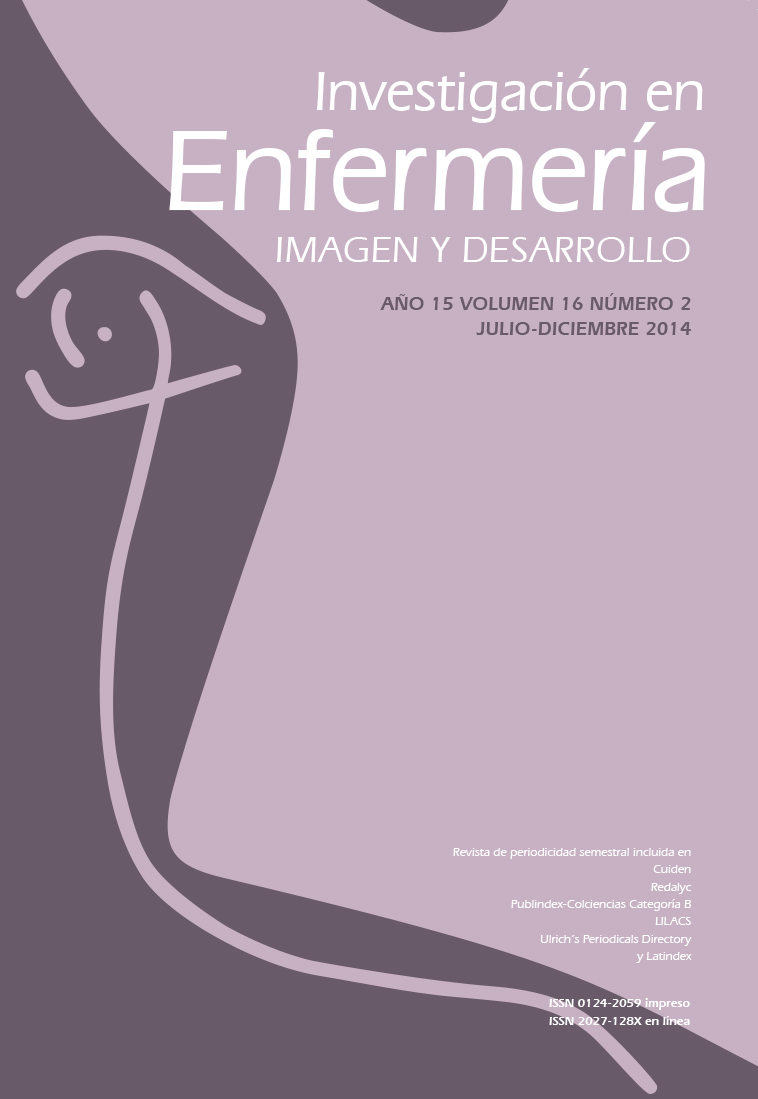Abstract
Introduction: The early years are a critical period of human development, and identification of biological and psychosocial factors that impact it is crucial for preventive intervention and prevention of associated disorders.Methodology: 70 mothers of preschool children were studied. 35 from a nursery and 35 from a psychiatric hospital, both in Mexico City in 2009.Risk factors were identified in the report of mothers who answered the instrument to identify risk factors and protection by Leckman on prenatal stage, labor and delivery, first five years of life and pediatric history. The study design was retrospective / prospective, cross-sectional and comparative. Statistical analysis was performed using Student's T test for independent samples. Results: There were found significant differences in the biological-individual dimension (t = -3.027, df: 68; p = 0.000) and in the context (t = -1.111, df: 66; p = 0.839), i.e., 78,6% of the clinical group have risk factors in this period of development, in contrast to the community group, whose risk factors focused on parental dimension (t = 0.915, df: 66; p = 0.839).Conclusions: It is important to identify the biological and psychosocial risk factors that affect child development, so that the health professional makes emphasis on prevention rather than rehabilitation of disorders.The journal Investigación en Enfermería: Imagen y Desarrollo is registered under a Creative Commons Attribution 4.0 International Public License. Thus, this work may be reproduced, distributed, and publicly shared in digital format, as long as the names of the authors and Pontificia Universidad Javeriana are acknowledged. Others are allowed to quote, adapt, transform, auto-archive, republish, and create based on this material, for any purpose (even commercial ones), provided the authorship is duly acknowledged, a link to the original work is provided, and it is specified if changes have been made. Pontificia Universidad Javeriana does not hold the rights of published works and the authors are solely responsible for the contents of their works; they keep the moral, intellectual, privacy, and publicity rights.
Approving the intervention of the work (review, copy-editing, translation, layout) and the following outreach, are granted through an use license and not through an assignment of rights. This means the journal and Pontificia Universidad Javeriana cannot be held responsible for any ethical malpractice by the authors. As a consequence of the protection granted by the use license, the journal is not required to publish recantations or modify information already published, unless the errata stems from the editorial management process. Publishing contents in this journal does not generate royalties for contributors.


